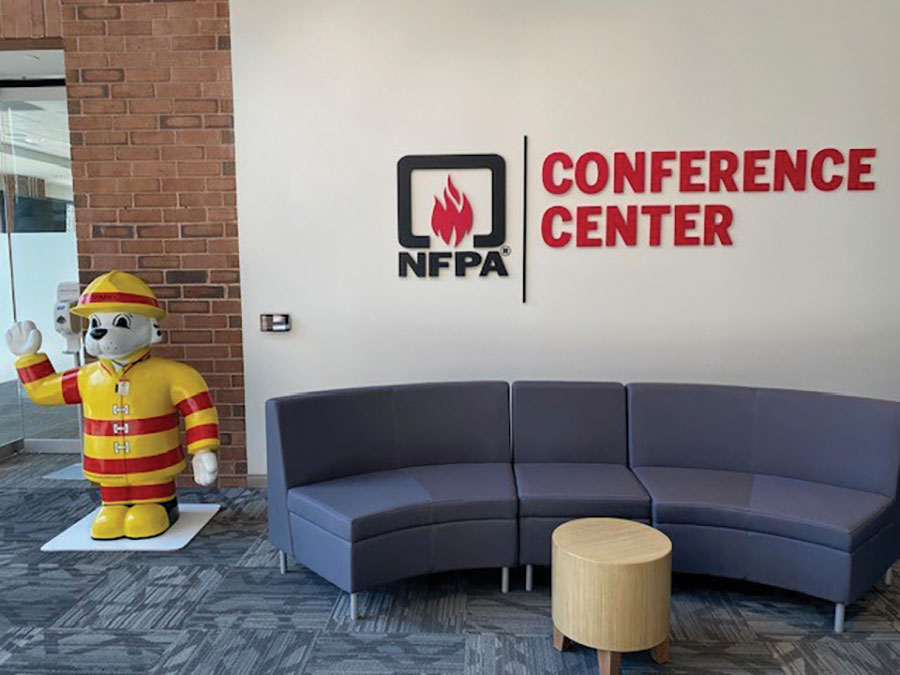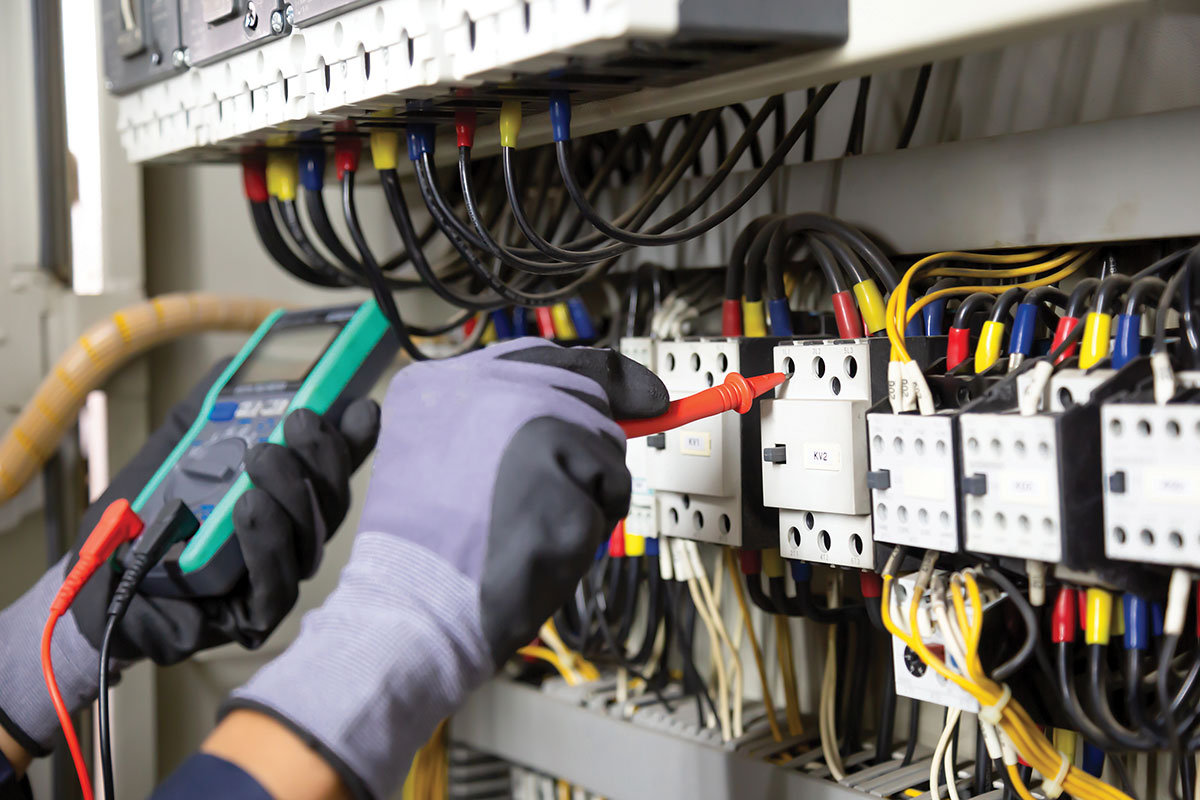It’s Code proposal time again! The closing date to submit proposed Code changes for the 2002 National Electrical Code® cycle is drawing near and many people are talking of changes they want to see made. November 5, 1999, at 5:00 p.m. Eastern Standard Time, is the deadline for proposals to be received by the National Fire Protection Association. More than 4,200 proposals were submitted for the 1999 Code. It is likely that the number submitted for the 2002 NEC will equal or exceed that amount. Submitters of proposals can significantly help code panel members and the process in general by closely following NFPA guidelines, specifically the NEC Style Manual.
The 1999 Code includes many changes designed to make the NEC easier to use. An NEC Technical Correlating Committee task group that was established to review the Code and make recommendations on how to make it more usable worked hard on that project. Within the scope of that task group, several subtask groups were established to address specific concerns or parts of the Code. Much of what was done by the task group and its sub-task groups was presented to the NEC code making panels and was included as part of the 1999 edition of the Code. The end result of that work was that many good steps were taken to keep the Code in step with the needs of the industry and to make it more user friendly.
Provisions of former Article 710, entitled “Over 600 Volts, Nominal, General,” were relocated to other articles. Article 250 which covers grounding was restructured. Many exceptions were revised and relocated as positive text. It takes time and effort to become familiar with these and other changes that were made. In order for one to be as familiar with the 1999 NEC as he or she is with the 1996 version, the new location of some material, new section numbers, and new material must be learned. A significant step was taken to make the transition from Article 250 as found in the 1996 NEC to the restructured Article 250 in the 1999. It is a cross-reference located in Appendix E of the NEC. Appendix E includes cross references from the 1996 NEC to the 1999, and from the 1999 NEC to the 1996.
Sometimes when adjustments are made in a long-standing, well established format, there is opposition to those changes. It is somewhat true in this case where changes have been made to make the NEC more user friendly. Where one has become familiar with the location and identification of a particular Code rule, there is a natural resistance to changing its location or identification. However, it is expected that within a short period of time, not only will Code users become familiar with the changes, those revisions will be welcomed.
Users of the Code have had approximately a year to become familiar with changes in the 1999 NEC. This has given them a chance to gain first-hand knowledge of how the new or revised rules really work in the field. This knowledge and experience is an important part in learning whether or not any modification in Code rules needs to be made and can now be used to help make the 2002 NEC even better.
Submitting good proposals requires considerable thought and preparation. The important step of submitting good proposals is sometimes a difficult one. One of the critical parts of the process is the composition of wording or recommended text. It is not always an easy task to write language for a document that contains technical provisions but must also be suitable for adoption as a law or ordinance. Not only should the wording be clear, it should also effectively convey its intended purpose. Recommended changes should be well thought out as to how they apply and how they may affect other provisions in the Code. It is not appropriate for a submitter to recommend that the code making panel develop wording to address his or her concerns.
Substantiation submitted to support a proposal needs to include technically sound reasons as to why the change should be made. Code panel members look for accurate and valid information upon which they can evaluate the merits of proposals, and they try hard to consider all aspects of each proposals, so that it will do exactly what it is intended to do. Ideally, the substantiation should include adequate information in a form that panel members can readily extract needed data. Overwhelming panel members with large volumes of material that include minimal amounts of relevant information puts an unnecessary burden on them.
Occasionally one hears individuals expressing their opinions on how frequently the Code should be changed. Some want the Code cycle longer and some want it shorter. In reality, the three-year cycle presently used seems to work very well. When the need for a Code change is recognized, the time needed to get it to the point where it can be adopted into law is considerable. In order for all affected participants in the Code process, including the public, to get involved, enough time must be provided to allow them to do so. Rushing the process would not allow participants to evaluate proposed changes wisely and to respond to them effectively. Committee members responsible for acting on proposed changes need sufficient time to review and discuss them in order for good decisions to be made. The existing NEC process does provide the needed time for review and action on proposed changes. It appears that an acceptable balance has been reached between the need to implement new provisions to stay abreast of change and the need to have a set of rules in place over a reasonable length of time.
A note of interest is that information is included as part of the 2002 NEC proposal form that should help those involved in the Code change process. The space on the form where the proposed new or revised wording is to be placed now includes a note that states, “Proposed text should be in legislative format: i.e., use underscore to denote wording to be inserted (inserted wording) and strike-through to denote wording to be deleted (deleted wording).” This change will help panel members more clearly identify what the submitter intends without having to do a word-for-word comparison between the proposed wording and the existing Code text. It will also be better for those who use the Report on Proposal (ROP) and Report on Comments (ROC) as the proposed change may be readily identified.
Each time the NEC is revised, it provides an opportunity for Code users to contribute to the improvement of that document. Let’s all do our part to make the 2002 NEC the best yet.










Find Us on Socials